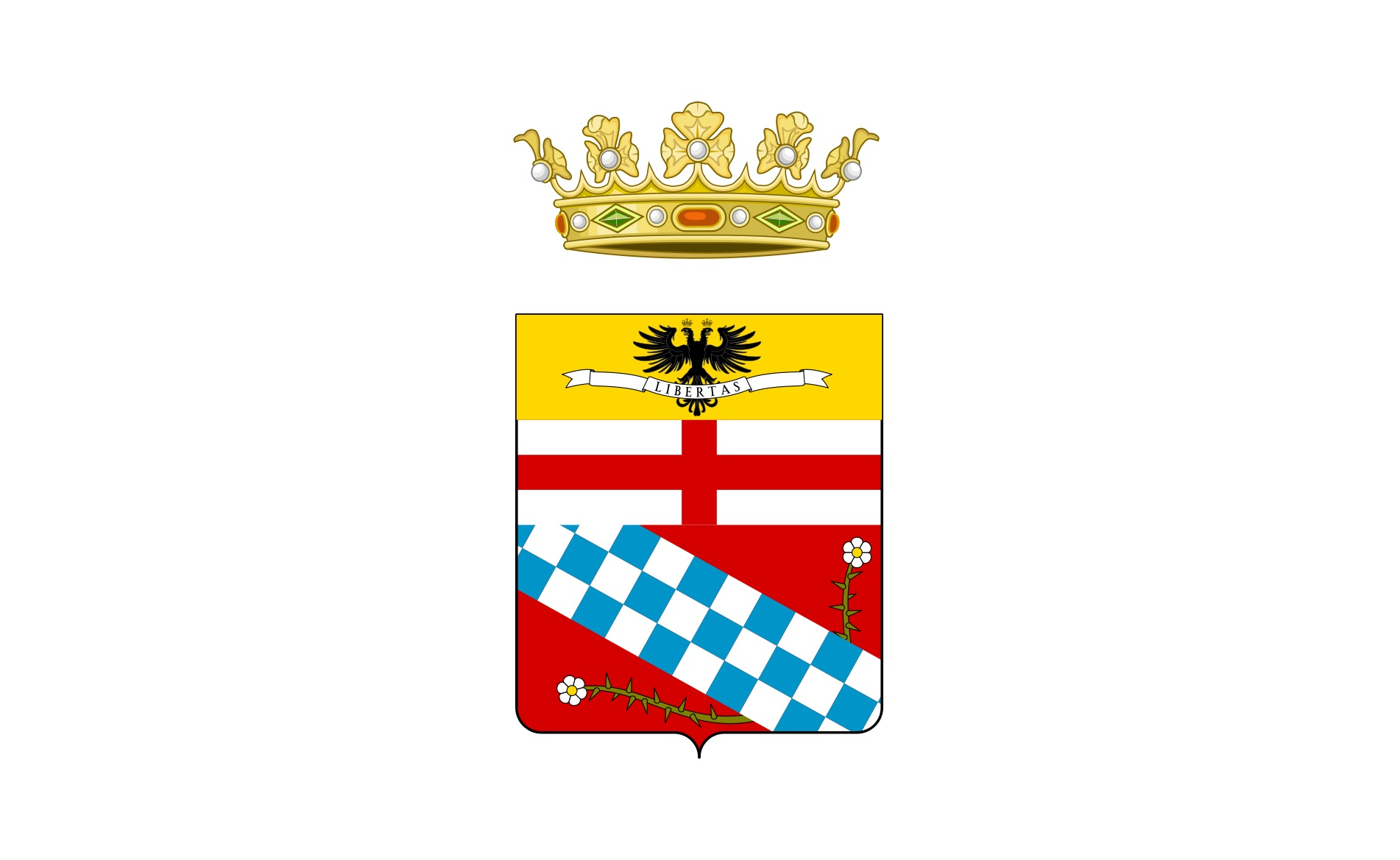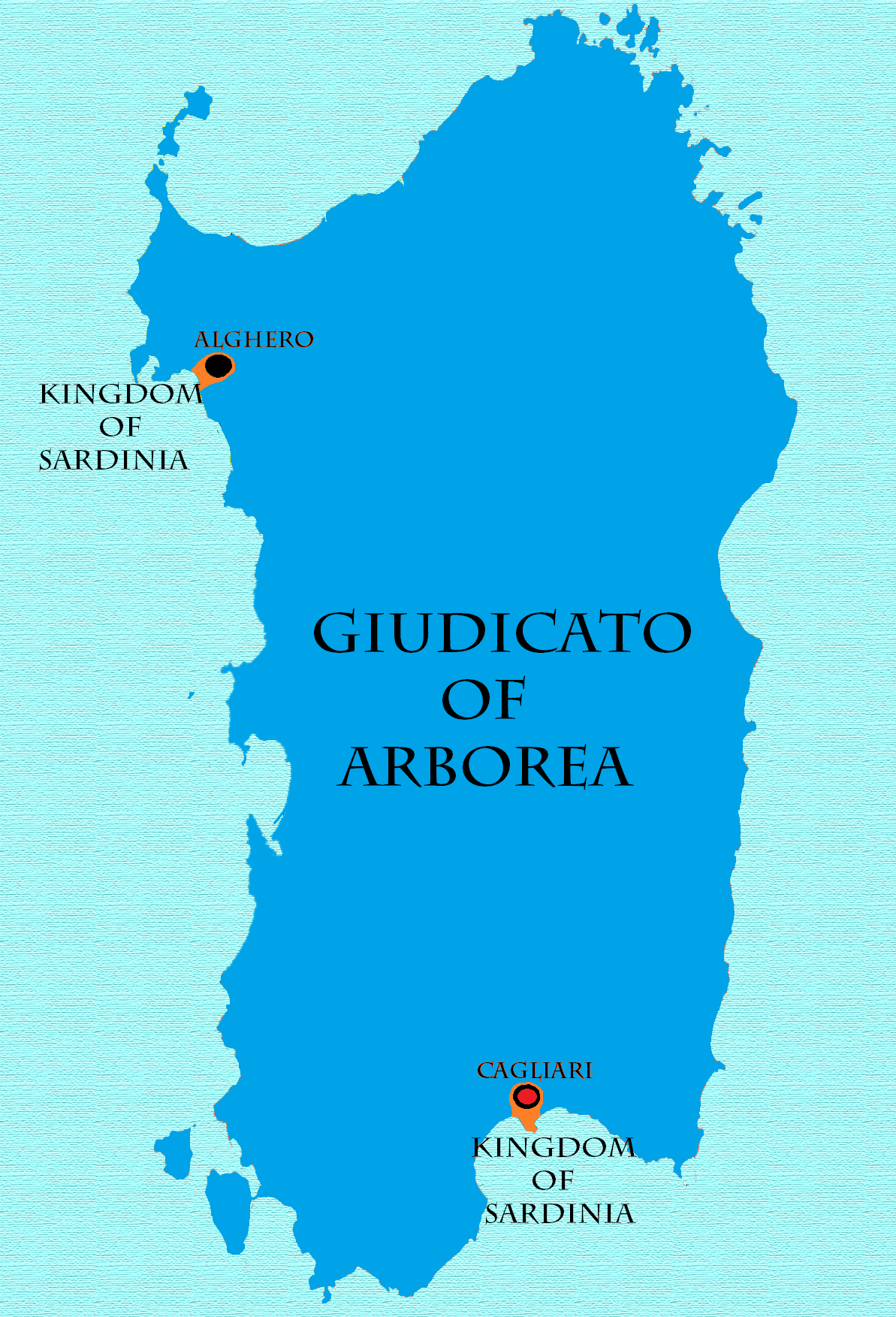|
Bosa
Bosa is a town and ''comune'' in the province of Oristano (until May 2005 it was in the province of Nuoro), part of the Sardinia region of Italy. Bosa is situated about two-thirds of the way up the west coast of Sardinia, on a small hill, about inland on the north bank of the Temo River. It is the only town on the island of Sardinia built on the banks of a river. The town has maintained a population of around 8,000 people for a significant amount of time, but has an urban character that has differentiated it from other locations in Sardinia. It is one of I Borghi più belli d'Italia ("The most beautiful villages of Italy"). Agriculture and fishing play an important part in the city economy, thanks to the river valley near the coast surrounded by hills and highland plateaus. History The area was inhabited since prehistorical times, as attested by the presence of several ''domus de janas'' and nuraghe. It was probably founded by the Phoenicians, although little is known about th ... [...More Info...] [...Related Items...] OR: [Wikipedia] [Google] [Baidu] |
Castle Of Serravalle
The Castle of Serravalle () is a medieval castle in Bosa, province of Oristano, Sardinia, Italy. History It's named after the hill, overlooking the town of Bosa, on which it was built by the ancient Tuscany Malaspina family in the 13th century. It is on top of the hill of Serravalle, and it can be reached by a long, steep staircase. The first nucleus of the Serravalle Castle was built on the homonymous hill: the date of its construction, traditionally fixed in 1121 by the humanist and historian Giovanni Francesco Fara is to be postponed, with the contribution of the excavations conducted by the archaeologist Marco Milanese, around the second half of 13th century In the vast Place-of-arms A place-of-arms (, ) is any place in a fortification where troops can gather. The term has a number of meanings, but it generally refers to an enlarged area of the covertway designed as an assembly point for soldiers, or a Town square, square in ... is located the small church of Our Lad ... [...More Info...] [...Related Items...] OR: [Wikipedia] [Google] [Baidu] |
Temo River
The Temo (''Temu'' in Sardinian) is a river in western Sardinia, Italy. Along its course were built two dams: * the Diga di Monte Crispu with the purpose of protecting the town of Bosa Bosa is a town and ''comune'' in the province of Oristano (until May 2005 it was in the province of Nuoro), part of the Sardinia region of Italy. Bosa is situated about two-thirds of the way up the west coast of Sardinia, on a small hill, about ... against flooding * the Diga dell'Alto Temo that forms a reservoir of 4.99 km2 designed for water supply. References Rivers of Italy Rivers of Sardinia Rivers of the Province of Oristano Rivers of the Province of Sassari European drainage basins of the Mediterranean Sea {{Italy-river-stub ... [...More Info...] [...Related Items...] OR: [Wikipedia] [Google] [Baidu] |
I Borghi Più Belli D'Italia
() is a non-profit private association of small Italian towns of strong historical and artistic interest, that was founded in March 2001 on the initiative of the Tourism Council of the National Association of Italian Municipalities, with the aim of preserving and maintaining villages of quality heritage. Its motto is ("The charm of hidden Italy"). Participants in the group are small population centres which risk neglect and abandonment because they lie outside the main tourist circuits. Initially they comprised about a hundred villages, but had increased to 361 in 2023. In 2012, the Italian association was one of the founding members of the international association The Most Beautiful Villages in the World, a private organization that brings together various territorial associations promoting small inhabited centres of particular historical and landscape interest. Description Admission criteria The criteria for admission to the association meet the following requirements: in ... [...More Info...] [...Related Items...] OR: [Wikipedia] [Google] [Baidu] |
Province Of Oristano
The province of Oristano (; ) is a Provinces of Italy, province in the autonomous island region of Sardinia, Italy. Its capital is the city of Oristano. There are 87 ''comuni'' (: ''comune'') in the province. It has an area of , a total population of 160,746 (2016), and a population density of 53.7 people per square kilometer. It is bordered with on the north by province of Sassari, on east by the province of Nuoro, on south by the province of South Sardinia and it is bathed from the Sea of Sardinia to the west. History The province of Oristano is the smallest province in Sardinia and was formed from sections of the provinces of Province of Cagliari, Cagliari and Nuoro. It occupies roughly the same area as the Judicate of Arborea, Giudicato of Arborea of the High Middle Ages. It borders Nuoro, Cagliari and the Sea of Sardinia. A large area of the province's coastline is part of the gulf of Oristano, and the land in the province is mainly flat and there is some marshland. The pro ... [...More Info...] [...Related Items...] OR: [Wikipedia] [Google] [Baidu] |
Malaspina Family
The House of Malaspina was a noble Italian family of Longobard origin that descended from Boniface I, Margrave of Tuscany, Boniface I, through the Obertenghi line, that ruled Lunigiana from the 13th to the 14th centuries, and the Province of Massa and Carrara, marquisate of Massa and lordship of Carrara (which later became the Duchy of Massa and Carrara and at a later time the Principality of Massa and the Marquisate of Carrara) since the 14th century. History The founder of the Malaspina family was Oberto I, who became the count of Luni, Italy, Luni in 945. Oberto I was appointed as the marquis of the March of Genoa under the Italian king Berengar II of Italy, Berengario II in 951 and he became a count palatine in 953. Oberto I had two children; Oberto II, who inherited the title of count of Luni from his father, and Adalberto I, whose offspring founded the Pallavicini family, Pallavicino and the Cavalcabò families. Oberto II had four children; Bertha of Milan, the spouse ... [...More Info...] [...Related Items...] OR: [Wikipedia] [Google] [Baidu] |
Phoenicians
Phoenicians were an ancient Semitic group of people who lived in the Phoenician city-states along a coastal strip in the Levant region of the eastern Mediterranean, primarily modern Lebanon and the Syrian coast. They developed a maritime civilization which expanded and contracted throughout history, with the core of their culture stretching from Arwad in modern Syria to Mount Carmel. The Phoenicians extended their cultural influence through trade and colonization throughout the Mediterranean, from Cyprus to the Iberian Peninsula, evidenced by thousands of Phoenician inscriptions. The Phoenicians directly succeeded the Bronze Age Canaanites, continuing their cultural traditions after the decline of most major Mediterranean basin cultures in the Late Bronze Age collapse and into the Iron Age without interruption. They called themselves Canaanites and referred to their land as Canaan, but the territory they occupied was notably smaller than that of Bronze Age Canaan. The name ... [...More Info...] [...Related Items...] OR: [Wikipedia] [Google] [Baidu] |
Giudicato Of Arborea
The Judicate of Arborea (; ; ) or the Kingdom of Arborea (; ; ) was one of the four independent judicates into which the island of Sardinia was divided in the Middle Ages. It occupied the central-west portion of the island, wedged between Logudoro to the north and east, Cagliari to the south and east, and the Mediterranean Sea to the west. To the northeast of Logudoro was Gallura, with which Arborea had far less interaction. Arborea outlasted her neighbours, surviving well into the 15th century. At its greatest territorial extent it occupied the entire island except the cities of Alghero and Cagliari. The earliest known judicial seat was Tharros, though Oristano served as capital for most of its existence. Origins Sardinia was an imperial province of the Byzantine Empire until the early 9th century, when the aggressive expansion and relentless piracy of the Arabs and Berbers of North Africa left the central authorities of the Empire unable to effectively defend or consistentl ... [...More Info...] [...Related Items...] OR: [Wikipedia] [Google] [Baidu] |
Crown Of Aragon
The Crown of Aragon (, ) ;, ; ; . was a composite monarchy ruled by one king, originated by the dynastic union of the Kingdom of Aragon and the County of Barcelona (later Principality of Catalonia) and ended as a consequence of the War of the Spanish Succession. At the height of its power in the 14th and 15th centuries, the Crown of Aragon was a thalassocracy controlling a large portion of present-day eastern Iberian Peninsula, parts of what is now Northern Catalonia, southern France, and a Mediterranean empire which included the Balearic Islands, Sicily, Corsica, Sardinia, Malta, Southern Italy (from 1442), and parts of Greece (until 1388). The component realms of the Crown were not united politically except at the level of the king, who ruled over each autonomous polity according to its own laws, raising funds under each tax structure, dealing separately with each ''Corts'' or ''Cortes'', particularly in the Kingdom of Aragon, the Principality of Catalonia, and the Kingdom of V ... [...More Info...] [...Related Items...] OR: [Wikipedia] [Google] [Baidu] |
Giudicato Of Logudoro
The Judicate of Logudoro or Torres ( or ''Torres'', ''Rennu de Logudoro'' or ''Logu de Torres'') was one of the four kingdoms or ''iudicati'' into which Sardinia was divided during the Middle Ages. It occupied the northwest part of the island from the 11th through the 13th century, bordering the Gallura to the east, Arborea to the south, and Cagliari to the southeast. Its original capital was Porto Torres. The region is still called Logudoro today. Logudoro was the largest and earliest of the ''iudicati'' but also the second to be subsumed by a foreign power. It was divided into twenty ''curatoriae'', ruled by ''curatores''. History Sardinia was an imperial province of the Byzantine Empire until the 9th century, when the Arabs and Berbers began pursuing aggressive policies of expansion and piracy in the Mediterranean. The gradual conquest of Sicily by these groups from 827 on effectively cut Sardinia off from the central government and military might of the Empire, and the Byza ... [...More Info...] [...Related Items...] OR: [Wikipedia] [Google] [Baidu] |
Middle Ages
In the history of Europe, the Middle Ages or medieval period lasted approximately from the 5th to the late 15th centuries, similarly to the post-classical period of global history. It began with the fall of the Western Roman Empire and transitioned into the Renaissance and the Age of Discovery. The Middle Ages is the middle period of the three traditional divisions of Western history: classical antiquity, the medieval period, and the modern period. The medieval period is itself subdivided into the Early, High, and Late Middle Ages. Population decline, counterurbanisation, the collapse of centralised authority, invasions, and mass migrations of tribes, which had begun in late antiquity, continued into the Early Middle Ages. The large-scale movements of the Migration Period, including various Germanic peoples, formed new kingdoms in what remained of the Western Roman Empire. In the 7th century, North Africa and the Middle East—once part of the Byzantine Empire� ... [...More Info...] [...Related Items...] OR: [Wikipedia] [Google] [Baidu] |


